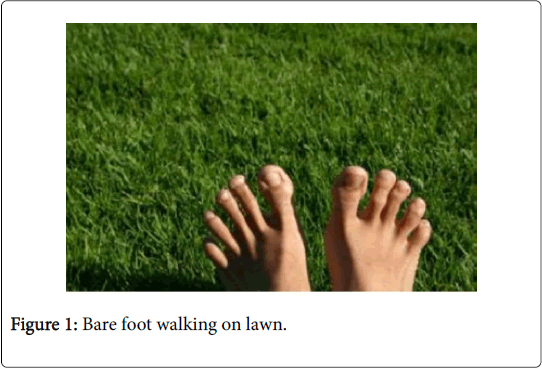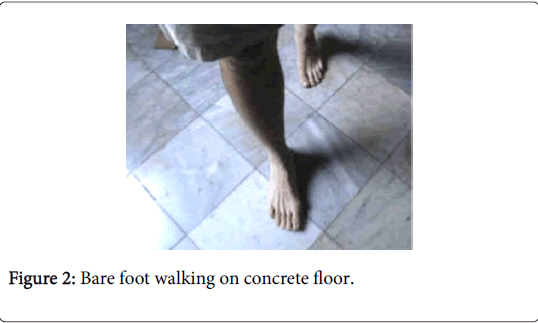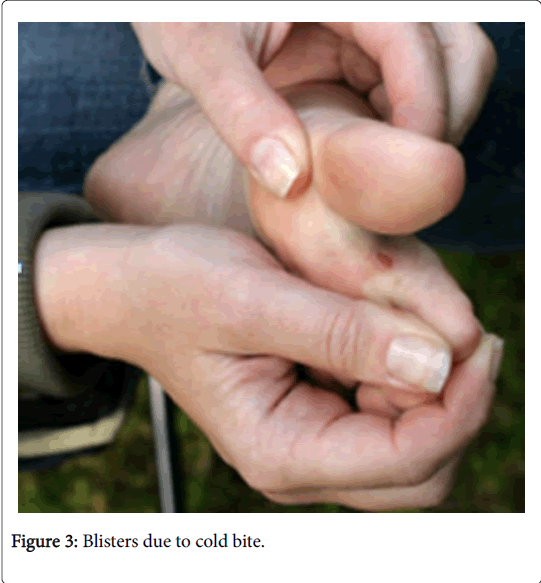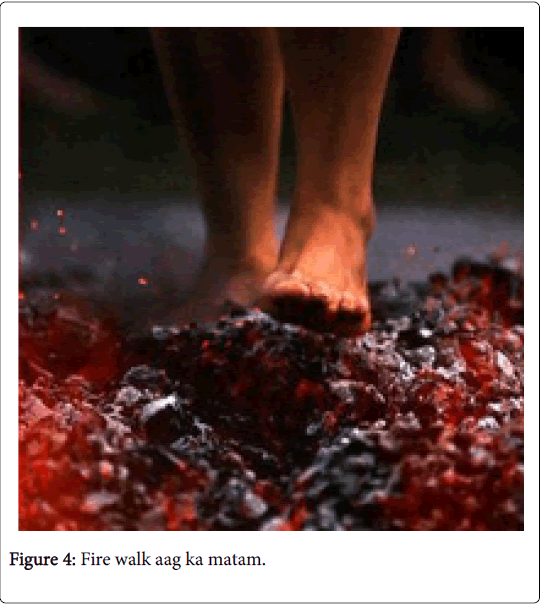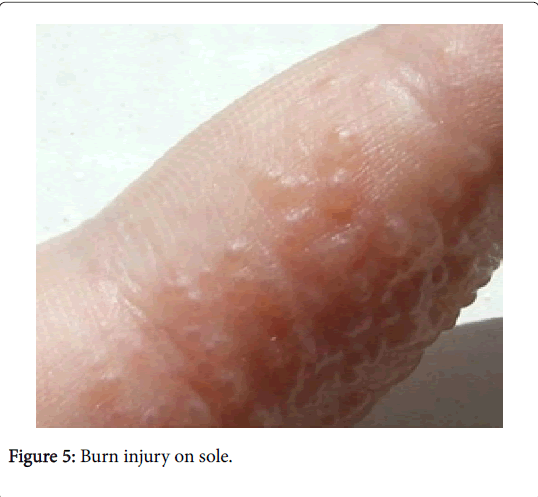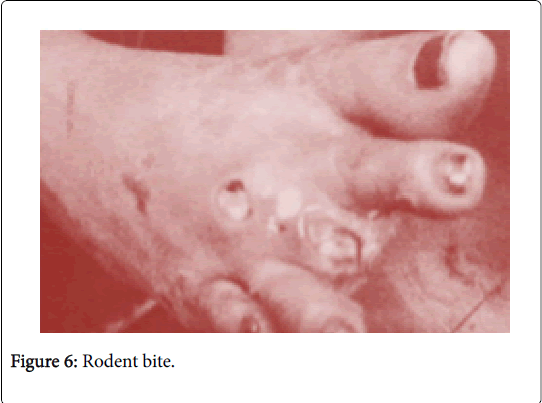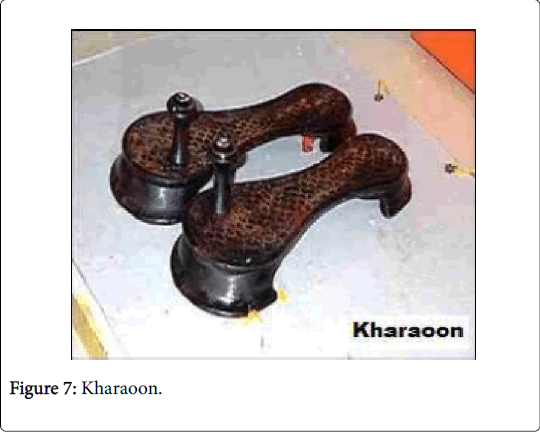Lesser Talked of Factors Influencing Diabetic Foot Care in India
Received: 18-Jan-2018 / Accepted Date: 31-Jan-2018 / Published Date: 06-Feb-2018 DOI: 10.4172/2329-910X.1000260
Abstract
Barefoot walking is relatively common in developing countries including India, due to many social, religious and cultural factors. Such a behavior exposes them for injury and wounds in feet. Poverty and illiteracy induced negligence add fuel to fire, leading to delayed and insufficient/inadequate medical attention and fury of the lesions further aggravated by associated diabetic peripheral neuropathy, infection and peripheral vascular disease, terminating unfortunately even into amputations.
Keywords: Neuropathy; Diabetic foot; Barefoot walking
Explosion of Diabetes
The number of Diabetes patients in world is 415 million presently and is expected to rise to 642 million by year 2040. One in 11 persons in world is suffering with Diabetes currently while there will be 1 in 10 persons in 2040. 46.5% adult patients are undiagnosed. Every 6 seconds someone dies from diabetes. India is the country with 69.18 million patients of diabetes mellitus. Diabetes is increasing faster in world’s developing economies than developed ones. Three quarter of patients live in low and middle income group countries. Thus world is facing an unprecedented epidemic of diabetes [1]. At one point, limb loss due to diabetes occurred every 30 s. Recent research has reduced the figure to every 20 s [2-4].
Why Barefoot Walking?
Barefoot walking is relatively common in developing countries including India, due to many social, religious and cultural factors. Such a behavior exposes them for injury and wounds in feet. Poverty and illiteracy induced negligence add fuel to fire, leading to delayed and insufficient/inadequate medical attention and fury of the lesions further aggravated by associated diabetic peripheral neuropathy, infection and peripheral vascular disease, terminating unfortunately even into amputations so much so that every 20 s someone undergoes amputation in world [5].
Poor Infrastructure for Diabetic Foot Care
Due to several factors such as paucity of infra structure for proper foot care, diabetic foot care is the most neglected aspect of diabetic care in India [6]. Podiatry is not recognized as a specialty in India due to which very few physicians venture in this field; there being no job opportunities. Some physicians devoted to diabetes care do take interest in foot care but have poorly equipped set up with little equipment and trained staff. Illiteracy and poverty in the masses, especially those suffering with diabetes, contribute adversely to the scenario and generate negligence and carelessness in the suffering lot and this delays treatment of foot lesions making situation more complex. Mostly treatment of foot lesions, unlike any other medical problem, starts with care by under qualified physicians and quacks, who resort to many wrong and unnecessary modalities such as applying herbs, cow dung and even performing religious rituals like enchanting rhymes and mantras. By the time a patient with foot lesion reaches a qualified physician, often it is too late and even culminates into an amputation.
Implications of Barefoot Walking
Barefoot walking is not only due to due to poverty, some times it is due to socio-religious beliefs and myths. For examples
• Many believe barefoot walking on grass improves vision (Figure 1).
• Some people undertake barefoot walking to exhibit extra ordinary daring piece of work.
• Some take up long distance bare foot walking as penance to please almighty expecting fulfillment of their desired targets.
• Some take up bare foot walking as a protest to some government decision or to attract attention after police atrocities or being bothered by anti social people.
• As per religious belief, bare foot walking is mandatory while visiting any religious place such as temples. Mostly temples have large open courtyards of concrete and bare feet visitors get blisters due to very cold surface (Figure 2) as in winters or burn injury in summers (Figure 3).
• Bare foot walking is customary while eating or entering kitchen in India. Most people in India take meals while sitting bare feet on a flat wooden piece, called “patala.”
• Barefoot walking is customary while going to meet any elder or respectable person such as elderly relatives, saints and leaders.
• In Muslims, bare foot walking on fire is customary during a ceremony titled “aag ka matam” (Figure 4).
• Many patients get burn injuries while enjoying heat of heaters and radiators (Figure 5).
Insensate feet due to neuropathy are often injured due to prick injuries but the fellow ignores, as there is no pain or misery in the beginning. Due to insensate feet rodent bites are common especially while sleeping (Figure 6) [7].
Footwear and Foot Lesions
Poor quality foot wears are also responsible for lesions in feet, either due to tighter size, poor quality of leather or bad repairs. Many people, especially those related to religious activities, wear a wooden footwear with tough surface and poor grip with a wooden column between big toe and second toe. This footwear is named “kharaoon” (Figure 7).
Socks and Foot Lesions
Socks made of Nylon and other synthetic fibers do not allow perspiration to dry up; moisture predisposes to local mycotic infections and foot lesions. Most patients in India wear socks made of synthetic material since it is much is cheaper than acrylic and cotton. Loose fit socks through wrinkles, which may result into ulcerations in insensate feet. Similar is the mode of ulcerations with torn and badly repaired socks [7].
Conclusion
Feet in diabetes are quite vulnerable due to enhanced tendency to develop DPN resulting into insensate feet, impaired vascularity due to PVD and unduly high risk of infection. These factors alone or in combination increase risk of amputation to a very high level. Neuropathic diabetic foot ulcers are the primary factor leading to lower extremity amputation. In most cases these ulcers can be prevented and all care should be taken to prevent formation of an ulcer.
As far as measures to improve foot care in India are concerned, it demands all round improvement in infra structure of medical care in general and diabetic care in particular along with a drive for public awareness as to these factors. There is also need for cooperation of religious sects who allow patients to wear foot wear while visiting religious places. There is a pressing need of organized diabetic foot clinics equipped with facility for education.
References
- Bharara M, Mills JL, Suresh K, Rilo HL, Armstrong DG (2009) Diabetes and landmineÂrelated amputations: A call to arms to save limbs. Int Wound J 6: 2Â3.
- Bakker K (2011) Guest oration, DF Con (Oration delivered in DF Con, 2011).
- Boulton AJ, Vileikyte L, Ragnarson Tennvall G, Apelqvist J (2005) The global burden of diabetic foot disease. Lancet 366: 1719-1724.
- Shankhdhar K, Shankhdhar LK, Shankhdhar U (2008) Diabetic foot care in the land of no podiatrists. J World Council Ent Ther 28: 20-26.
- Shankhdhar LK, Shankhdhar K, Shankhdhar U, Shankhdhar S (2016) A mouse nibbled toe in a case of diabetic peripheral neuropathy. Diabetic Foot J 19: 100–101.
- Boulton AJM, Kirshner RS, Vileikyte L (2004) Neuropathic diabetic foot ulcers. N Engl J Med 351: 48-55.
Citation: Shankhdhar LK, Shankhdhar K, Shankhdhar U, Shankhdhar S (2018) Lesser Talked of Factors Influencing Diabetic Foot Care in India. Clin Res Foot Ankle 6: 260. DOI: 10.4172/2329-910X.1000260
Copyright: ©2018 Shankhdhar LK, et al. This is an open-access article distributed under the terms of the Creative Commons Attribution License, which permits unrestricted use, distribution, and reproduction in any medium, provided the original author and source are credited.
Share This Article
Recommended Journals
Open Access Journals
Article Tools
Article Usage
- Total views: 5456
- [From(publication date): 0-2018 - Nov 23, 2024]
- Breakdown by view type
- HTML page views: 4648
- PDF downloads: 808

